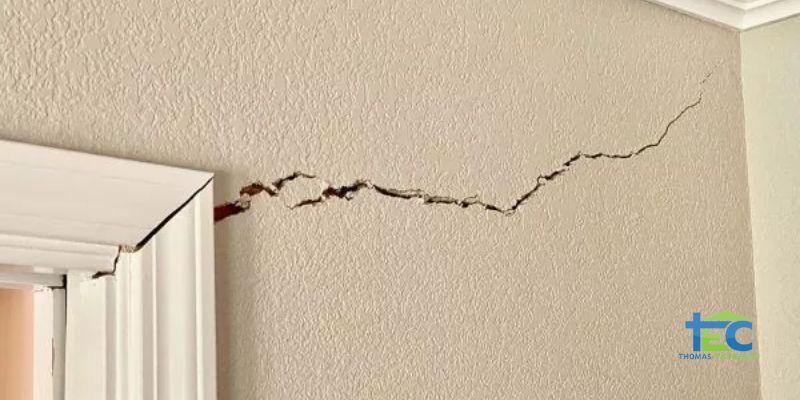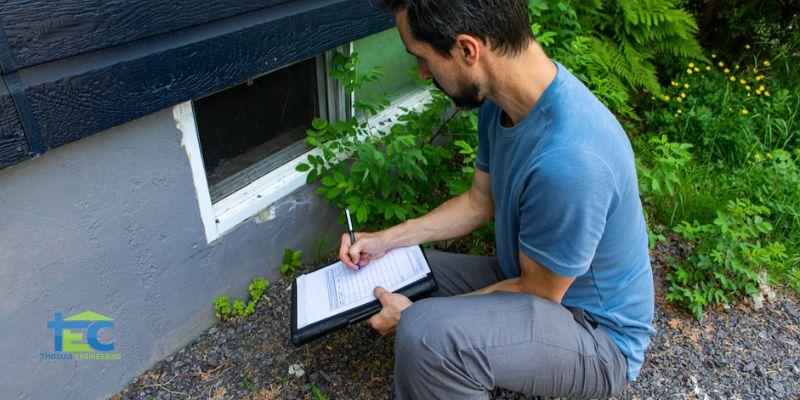
Water and Drainage; Is Your Home’s Foundation at Risk?
Water is a powerful force! Proper drainage is an essential factor for homeowners looking to preserve their investment. Here are a few ways that deficient water drainage affects your home’s foundation:
Soil erosion: If runoff from your roof or gutter pours within a couple of feet of your home, the soil surrounding your foundation will erode as water relocates to the lowest elevation in your yard. The movement could ultimately cause your foundation to slip in the same pattern.
Groundwater: Water can damage your foundation by direct precipitation (not just rain) if there is puddling near the perimeter of your home. Groundwater can potentially seep into areas affecting the integrity of your home’s foundation.
Soil expansion: The type of soil you have can have an adverse effect on your foundation drainage. Soil that is heavily composed of gravel or sand tends to create water pooling. On the other hand, expansive clay soil, as found in most of North Texas, swells when it is saturated. That means that your foundation will shift and you could start to see the signs, such as cracks in your home. Changing the basic composition of the soil is impractical for most homeowners. As such, it is best to focus on improving your drainage.
If your rain gutters are pouring out this close to your home, you might be jeopardizing the integrity of your foundation.
Tips on improving your drainage:
Consider Sloping: To improve the drainage around your foundation, consider hiring a professional to slope the surrounding soil to carry the water away from areas that could cause harm. Next, have the soil compacted with a mechanical compactor. This will press the soil down, making it less likely to move or shift. Loose soil creates water runoff, shifting and changing the rate of settling and eventually resulting in a negative grade. Should this happen, expect the water to drain back to the foundation of the house, which could be disastrous over time.
Modify Your Gutters: While most houses have gutters installed, they are not adequate in foundation drainage. Water from the roof tends to pool right beside the foundation.
Here are two ways to move water away from your foundation:
- Extend the down spout by approximately 10 feet. This could carry the water downhill, or make it flow away from the foundation. Hint: You can bury the extension so it is out of sight.
- Use a catch basin. This should be buried where the downspout ends. Start filling the basin with crushed stones and add an underground drain pipe that comes out the side of the basin. This pipe should run above the ground going straight for a drainage ditch. Or, it can just empty up into a dry well.
Landscape with a Purpose: By choosing landscaping that is decorative and functional, such as ground cover plants, liners, rocks or gravel, you can keep preventing erosion around your home’s foundation. Most mulch and bark is not heavy enough to withstand a downpour.
Install French Drains: French drains are trenches designed to pull water down a slope and away from the house. Often, these drains can be disguised within your landscaping and are incredibly effective in low-elevation areas where water tends to accumulate.
When faced with water drainage problems, it’s always best to consult professionals who are experienced in handling such situations.
Thomas Engineering Consultants has over twenty years of experience mitigating the impacts of seasonal weather fluctuations to preserve your home’s foundation.
Shoot us an email to schedule your visit today.






